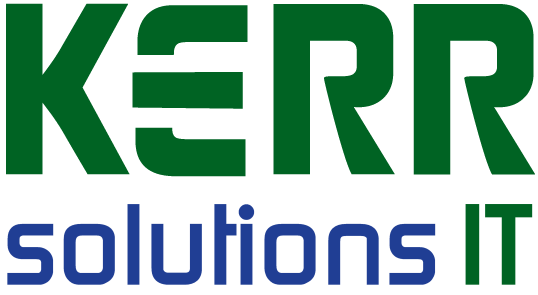Tablets Are Not Right For Everyone
Following on from last weeks’ article that highlighted a couple of IT suggestions for your Christmas shopping list we have had several requests for further information. In this case readers have been asking why tablets have such small hard drives. The same question has also come from one of our regular customers with respect to a school ‘bring your own’ program for one of his children entering grade 5 next year.
Manufacturers such as Samsung, Hewlett Packard, Microsoft, Asus and Apple are turning out new tablets and mini laptops faster than you can say the words ‘profit margin’. Most tablets are designed to run a ‘cut down’ operating system such as Android or Apples iOS which takes up a lot less hard drive space compared to the traditional desktop/laptop operating systems of Microsoft Windows and OS X.
At the same time the hardware that was once developed for mobile phones has also ‘grown up’ and been adapted for use in larger portable devices such as tablets. The marrying up of these cut down operating systems and low cost / power efficient hardware systems is the basis for most of our modern tablets. However handy these devices appear they still have their limitations amongst which are their limited storage space & performance with most tablets coming with 32 or 64GB hard drives, light duty CPU’s and only 2GB of ram.

So are there any better tablets? Yes if you start spending upwards of around $600 you can get a tablet with Windows 10 for instance however you have well and truly entered the price space of mini laptops and you still have very limited hardware. It is only when you get to $1000 plus tablets that you approach the performance of mini laptops.
So what are the best options here? Let’s look at the mini laptop I suggested in last weeks’ article and compare it to a similarly priced tablet. For $622 the HP x360 that I recommended has an 11.6” screen and 4GB of ram which can be upgraded to 8GB. It also has a 500GB hard drive, a quad core Pentium CPU and plenty of full size USB ports and other standard connectors.
Alternatively if you spend around $600 on a tablet you can get Windows 10 and a similar screen size but with only a 64GB hard drive, 2GB of ram, limited connectors and an Atom processor with half the power of the above Pentium. With Windows 10 on a 64GB hard drive as soon as you install Microsoft Office, a virus scanner and other essential software you will have no room left for user data.
So how do you store large amounts of data on a mid-priced tablet? You either keep a heap of plug in memory cards or you sign up to a cloud storage site. To my way of thinking neither of these two options will suit everyone. These are important considerations when looking at shelling out good money for a portable device.
Lastly you also need to consider if you are needing to do much typing as many of the tablet devices such as the Microsoft Surface tablets don’t come with a proper keyboard. Typing on a ‘virtual keyboard’ on the glass surfaces that many tablets offer leaves a lot to be desired comparison to a keyboard with discrete keys.
So if you are simply into Internet browsing and replying to the odd email then a tablet may suit however for most PC users they become little more than a toy or a secondary device to a good standard laptop or PC.
Future Byte Me topics can be emailed to [email protected] and Bruce is contactable at Kerr Solutions, 205 Musgrave Street or on 49 222 400.
For more advice and assistance from Kerr Solutions, like and follow us on Facebook
